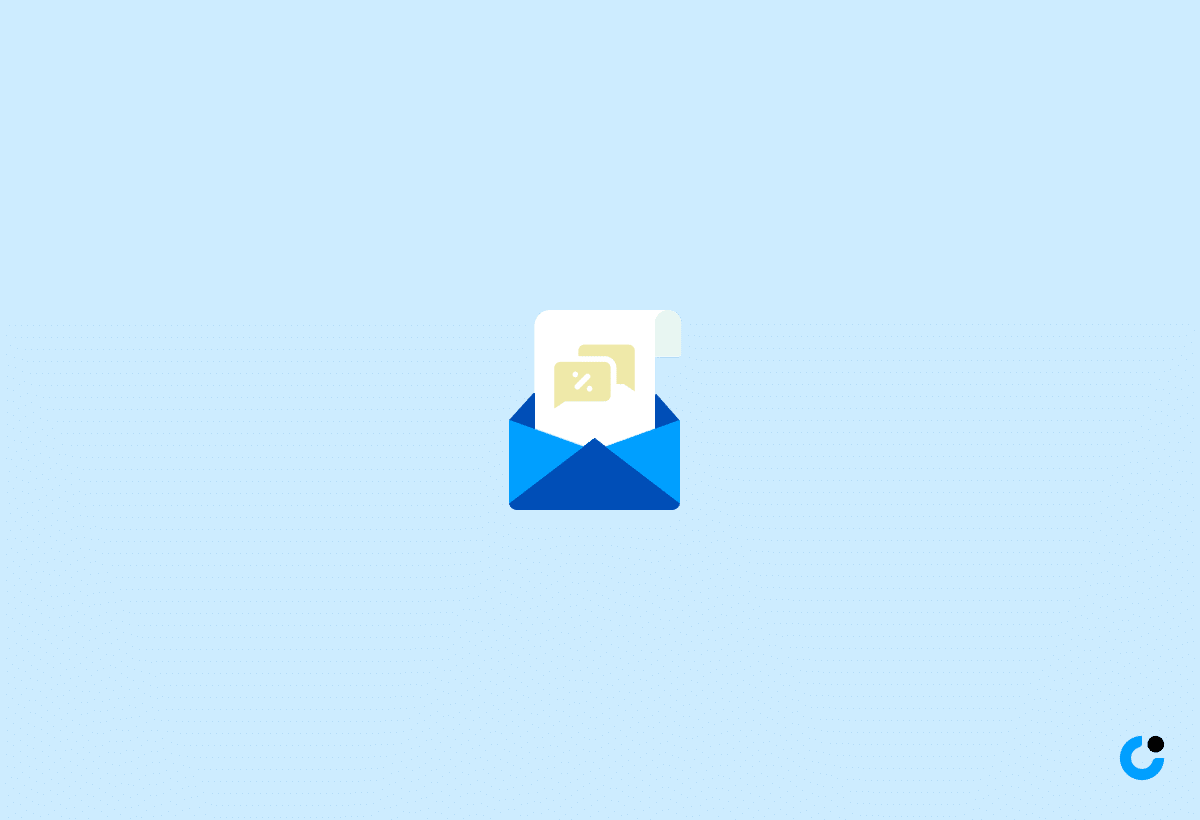Imagine dramatically improving your cold email open and reply rates, all by mastering the art of crafting the perfect cold email structure. Sounds enticing, right? Well, you’re in luck because we’re about to dive into the key components of a winning cold email structure and reveal personalization techniques that can significantly boost your success rates. Get ready to learn how to connect with your target audience, address their pain points, and leave a lasting impression, all while staying compliant with email regulations.
In this journey to cold email mastery, we’ll break down the crucial elements of crafting compelling subject lines, personalized greetings and introductions, concise and relevant body content, clear calls-to-action (CTAs), and professional signatures. But that’s not all! We’ll also explore practical personalization techniques, such as researching your prospect, using custom fields, and referencing mutual connections, which can give you an edge in the competitive world of cold outreach.
By the end of this blog post, you’ll be equipped with actionable tips and best practices to create cold emails that resonate with your target audience and drive results. So, let’s dive in and start transforming your cold email campaigns today!
Key Takeaways
- Craft the perfect cold email structure for maximum open and reply rates with five key components: subject line, personalized greeting, relevant body content, clear CTA & professional signature.
- Personalize your emails to build trust and rapport by researching prospects’ interests/values/goals & referencing mutual connections.
- Use industry specific templates while avoiding spam triggers to ensure successful cold email outreach!
The Key Components of a Winning Cold Email Structure
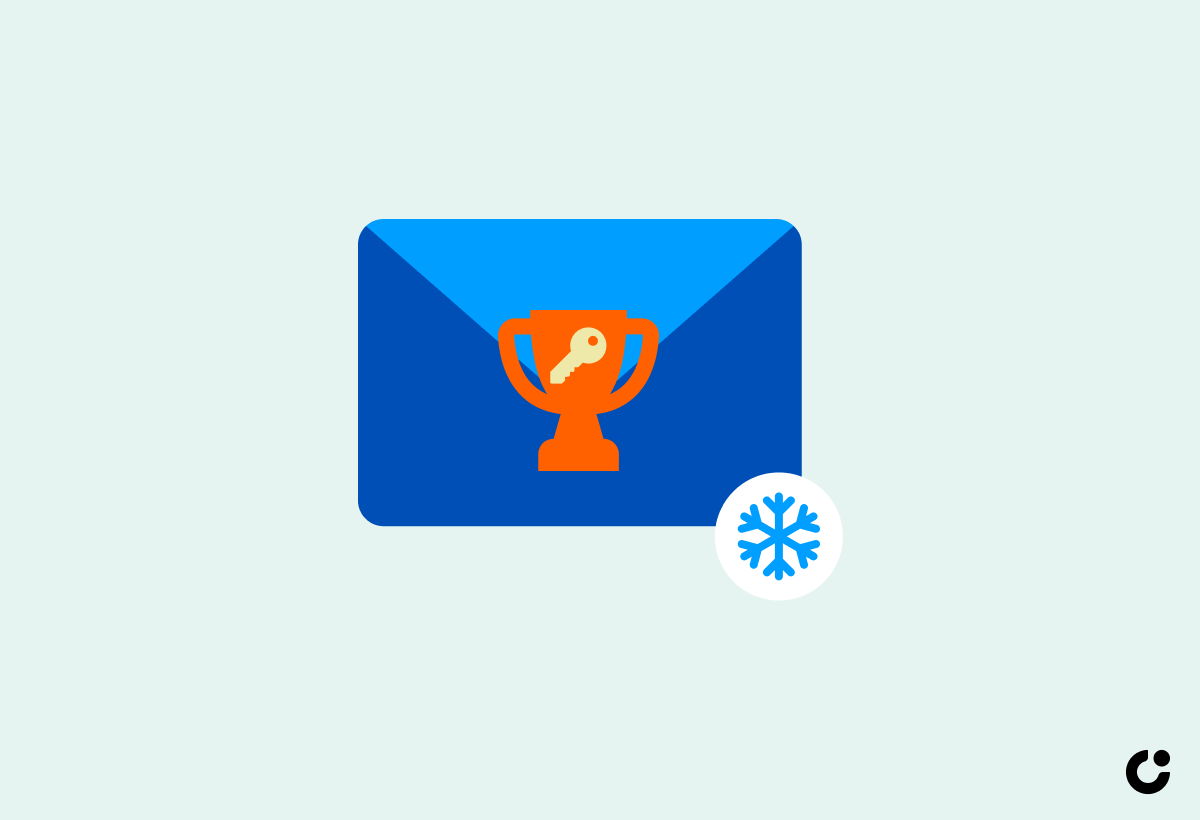
Maximizing open and reply rates requires well-structured cold emails, helping you connect with prospects while addressing their specific needs and pain points. To write a cold email effectively, a successful cold email campaign should consist of five key components, ensuring a successful cold email campaign:
- A compelling subject line
- A personalized greeting and introduction
- Concise and relevant body content, utilizing cold emailing techniques
- A clear and actionable call to action (CTA)
- A professional and simple signature
Each of these elements plays a crucial role in grabbing the recipient’s attention, establishing rapport, and providing value, ultimately increasing the likelihood of a positive response.
The importance of each component will be explored in the following subsections, along with practical tips and examples to craft standout cold emails that drive results. Ready to elevate your cold email game? Let’s begin!
Compelling Subject Line
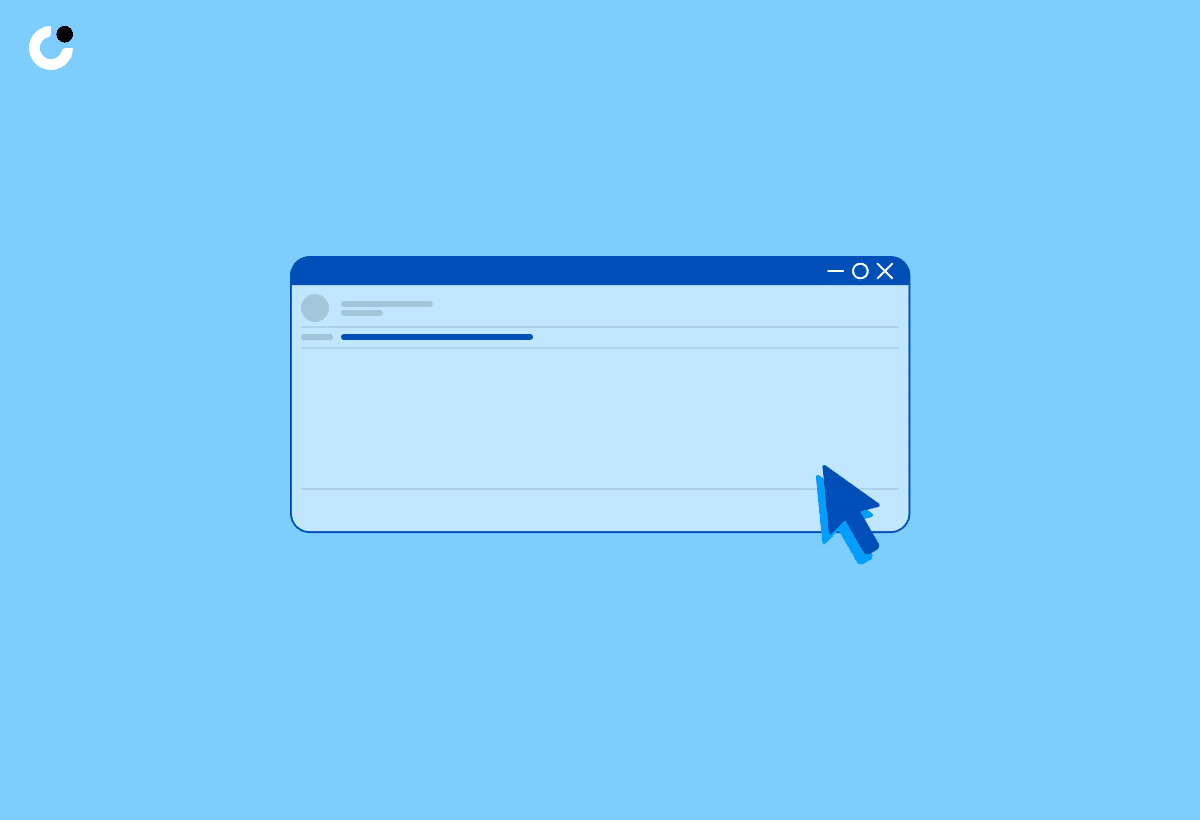
A compelling subject line is the key to grabbing the recipient’s attention and boosting open rates. After all, your subject line is the first thing your prospect sees, and if it doesn’t pique their interest, they may never even open your email! So, how do you craft an attention-grabbing subject line that entices your prospects to click and read on? The answer lies in personalization, relevance, and creativity.
To create a great subject line, try:
- Personalizing it with the recipient’s name or company to establish a connection from the get-go
- Keeping it relevant by addressing a common pain point or offering something valuable to the recipient
- Getting creative with your wording, as long as it stays true to the email’s content
Remember, your goal is to intrigue the reader and make your email stand out in their crowded inbox, so put in the effort to craft a good subject line that truly captures their interest.
Personalized Greeting and Introduction

Building rapport and increasing response likelihood necessitates establishing a personal connection with your prospect. One way to achieve this is by personalizing your greeting and introduction. By addressing the recipient with their name and including a personal opening line that shows you’ve done your homework on them, you demonstrate that you genuinely care about their needs and challenges.
But how do you craft a personal opening line that resonates with your prospect? Here are some approaches you can take:
- Start by complimenting a recent accomplishment.
- Lead with a thought-provoking question related to their industry.
- Skip the opening line altogether and dive straight into the value you can provide.
No matter the approach, the key is to make your introduction feel tailored to the specific person, showing that you’ve put in the effort to understand their situation and are offering something relevant and valuable to them.
This personal touch can go a long way in building trust and rapport, ultimately increasing your chances of receiving a response.
Concise and Relevant Body Content

With your prospect’s attention secured via a compelling subject line and personalized introduction, you can now focus on the body content of your cold email. The goal here is to keep your email concise and focused on the recipient’s needs and pain points, providing a solution that adds value and resonates with them.
To ensure your message is relevant, tailor your email content to the recipient by validating your credibility, addressing their pain points or offering something they want, and keeping the message focused and scannable. Remember, busy professionals don’t have time to read long-winded emails, so make every word count and ensure your message is clear, concise, and impactful. By doing so, you’ll increase the likelihood of your prospect engaging with your email and taking the next step in your sales process.
Clear and Actionable Call-to-Action (CTA)
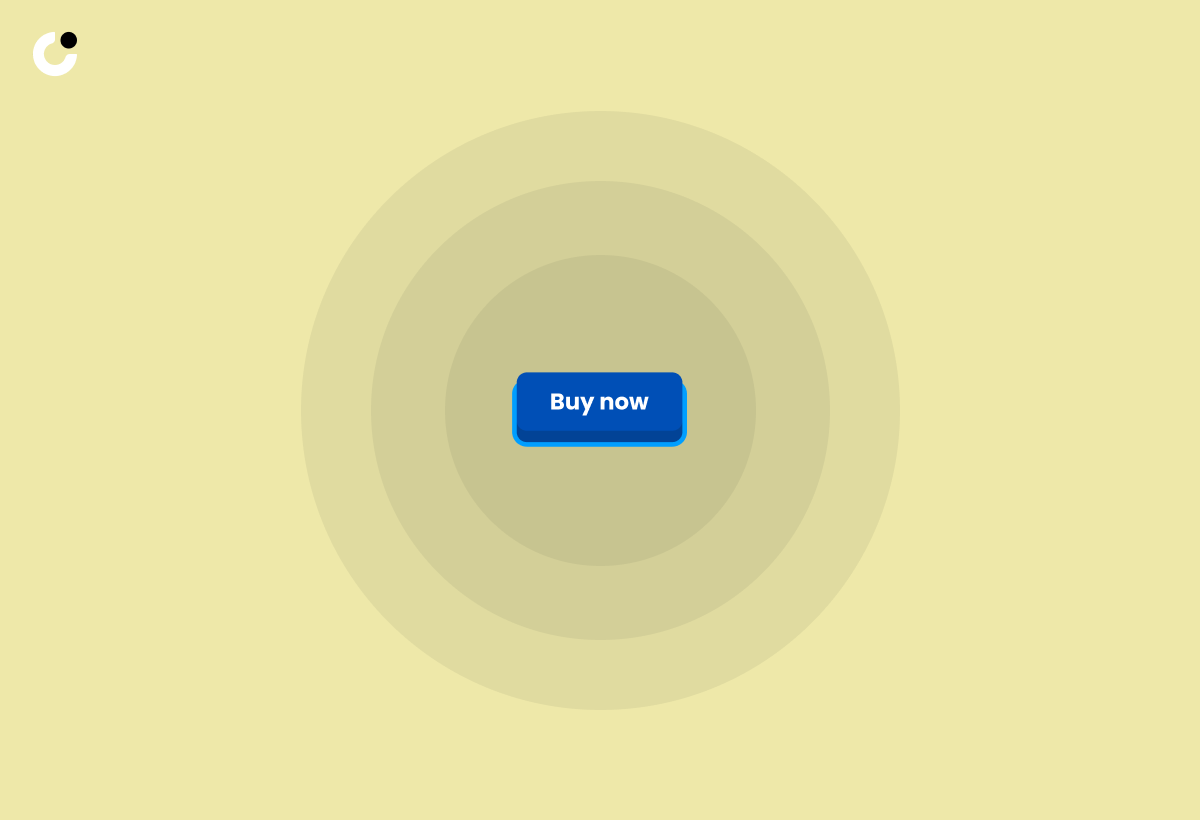
Beyond informing and engaging, an effective cold email encourages the prospect to take proactive steps. That’s where a clear and actionable call-to-action (CTA) comes into play. Your CTA is the direct message that prompts your prospect to take the next step, whether it’s scheduling a call, downloading a resource, or visiting your website.
To create a compelling CTA, focus on providing something of value in return for the prospect’s interest and make it easy for them to take the desired action. For example, if you’re offering a free consultation, include a direct link to your scheduling tool or ask them to reply with their availability. By making your CTA clear, actionable, and valuable, you increase the chances of your prospect responding and moving further along your sales process.
Professional and Simple Signature

Finally, a professional and simple signature is the finishing touch that adds credibility to your cold email and makes it easy for the prospect to contact you. Your signature should include:
- Your name
- Job title
- Contact information
- Corporate logo
- Professional photo
While it’s important to showcase your identity and contact information, avoid overcrowding your signature with unnecessary elements, such as HTML and links that take away from the main call-to-action. By keeping your signature clean and professional, you reinforce your credibility and make it simple for the prospect to reach out to you if they’re interested in your offer.
Personalization Techniques for Boosting Cold Email Success
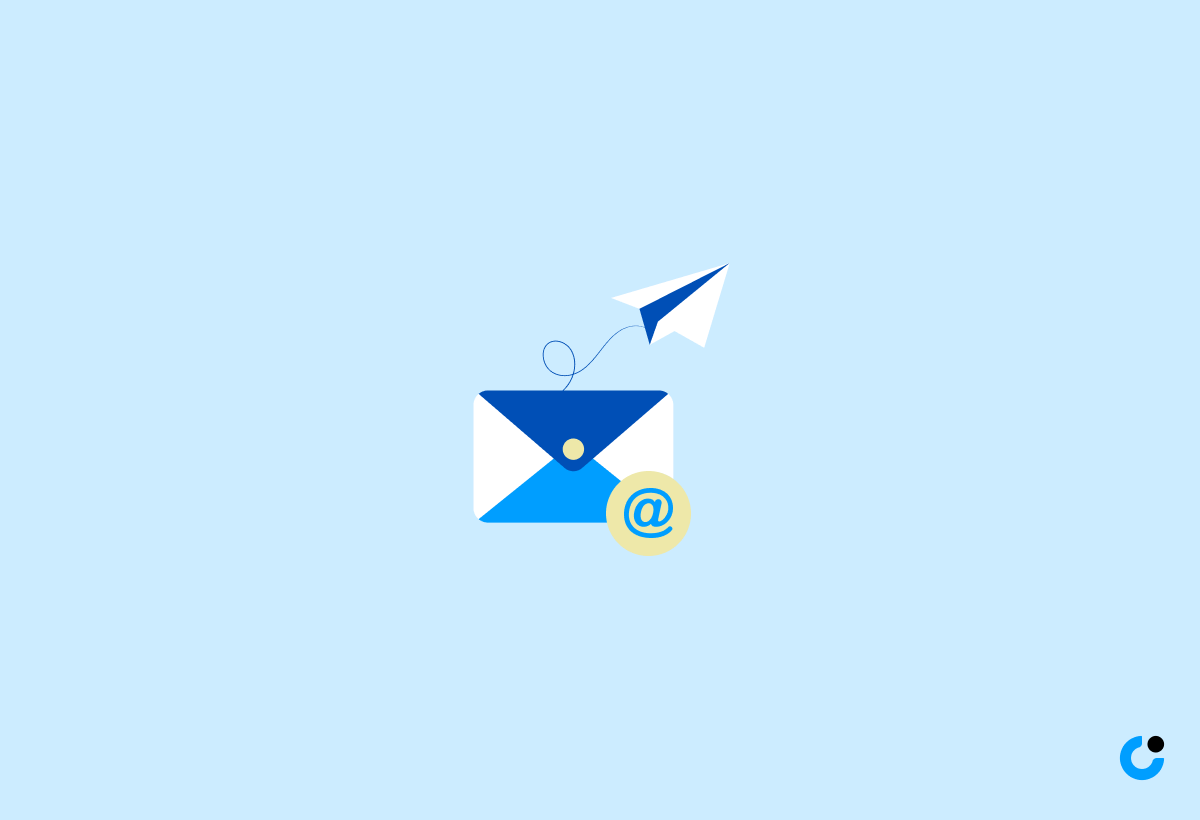
As illustrated in the prior section, personalization is a critical factor in creating a successful cold email. In fact, a personalized cold email is more likely to generate leads and drive results compared to generic, one-size-fits-all messages. But how do you personalize your cold emails without spending hours on research and customizing each message? The answer lies in three powerful personalization techniques: researching your prospect, using custom fields, and referencing mutual connections.
The subsequent subsections will delve into each technique, offering practical tips for crafting personalized cold emails that resonate with prospects and boost your success rates. Ready to take your cold email personalization game to the next level? Let’s dive in!
Researching Your Prospect

Researching your prospect before making contact is a highly effective way to personalize your cold email. This allows you to tailor your email content to their specific needs, interests, and pain points, demonstrating that you’ve put in the effort to understand their situation and are offering something valuable and relevant to them.
Some useful sources for research include the prospect’s LinkedIn profile, company website, and recent news articles or press releases. By gathering information about the prospect’s interests, values, and goals, you can craft a more engaging and personalized message that resonates with them and increases the likelihood of a response. Plus, identifying any mutual connections or shared experiences can help you establish credibility and rapport, further boosting your chances of success.
Using Custom Fields
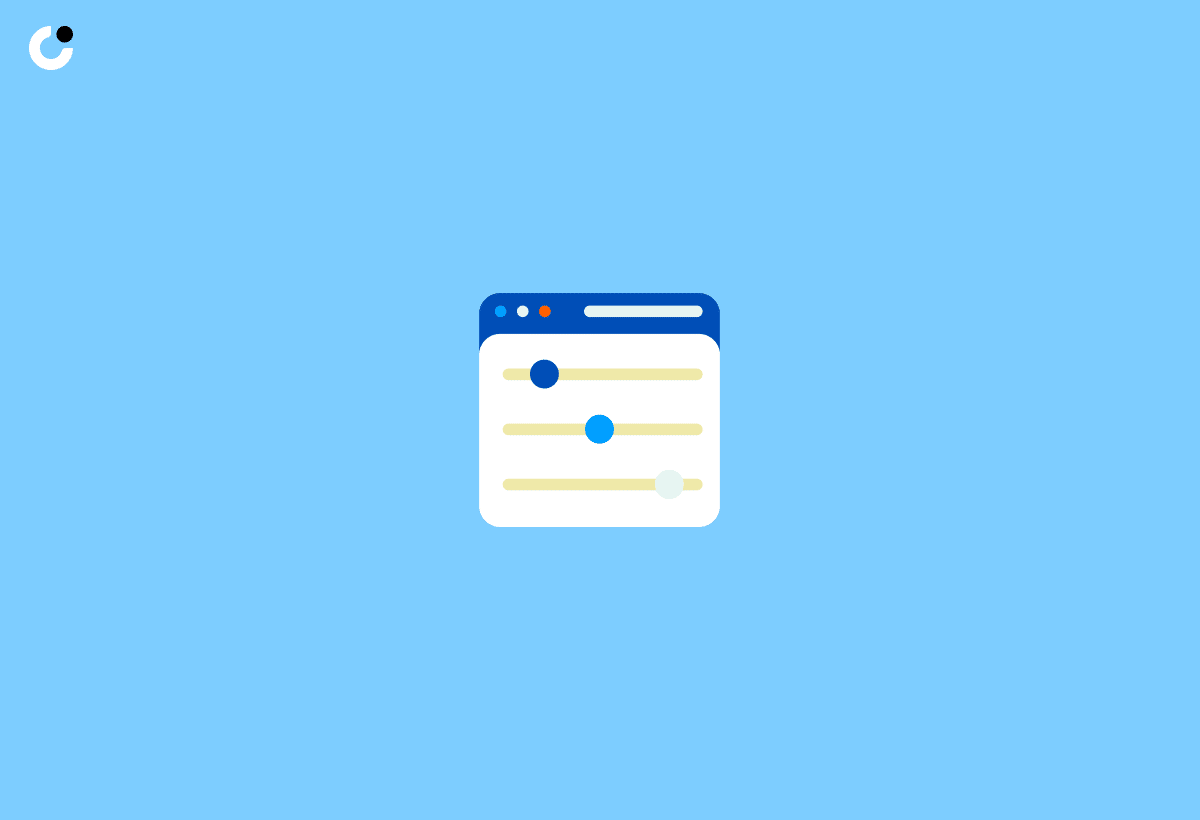
Creating personalized cold emails doesn’t have to be time-consuming. Adding a personal touch without sacrificing efficiency is achievable by utilizing custom fields in your email template. Custom fields are placeholders that automatically merge specific details about your prospects, such as:
- their name
- company name
- industry
- location
Incorporating the keyword into your email template can be as simple as adding a section for a follow up email, ensuring you maintain a consistent and professional tone throughout your correspondence.
By incorporating custom fields in your cold emails, you can craft unique and compelling messages that truly resonate with each recipient, boosting the chances of engagement and response. Plus, with the help of cold email software, you can automate the process, ensuring a consistent level of personalization across all your outreach campaigns.
Referencing Mutual Connections

Another powerful personalization technique is referencing mutual connections in your cold email. Mentioning a shared connection helps establish trust and credibility, thereby increasing the likelihood of your prospect engaging with your email.
To find mutual connections, use LinkedIn or other social media platforms to identify shared acquaintances or experiences. When referencing a mutual connection, be sure to explain how you know the person and how they’re relevant to the prospect or the message you’re sending. This not only demonstrates your attention to detail but also helps build rapport and trust with your prospect, increasing the likelihood of a response.
Cold Email Best Practices and Pitfalls to Avoid

Having acquainted yourself with the key components of a winning cold email structure and personalization techniques, let’s delve into some best practices and common pitfalls to sidestep. By mastering timing and frequency, A/B testing, and tracking, you’ll be well on your way to maximizing your cold email success rates. Additionally, avoiding spam triggers will ensure your emails reach your prospect’s inbox instead of ending up in the dreaded spam folder.
The following subsections will explore each of these best practices and pitfalls, offering actionable tips to optimize your cold email campaigns for better results. Ready to level up your cold email game? Let’s get started!
Timing and Frequency

Successful cold emails depend considerably on timing and frequency. Sending your emails at the right time and with the right frequency can significantly impact your open and reply rates. Studies have shown that the best time to send cold emails is between 8:00 and 11:00 am in the recipient’s time zone, with higher open and reply rates. Additionally, research suggests that Tuesday and Thursday are the most optimal days to send cold emails, with Wednesday being a close second.
To find the best sending schedule for your audience, experiment with different days and times and track your results. It’s also important to strike the right balance in terms of frequency. A good rule of thumb is to:
- Send between 4-9 follow-up emails
- Have a 2-day delay between the first and second contact
- Use 4-day intervals up to the 4th email
- Have a 5+ day interval after the 4th email
This way, you stay persistent without coming across as spammy.
A/B Testing and Tracking
Identifying effective and ineffective strategies, and refining your approach for improved outcomes, calls for A/B testing and tracking your cold email results. By testing different email variations, such as subject lines, email copy, or calls-to-action, you can determine which elements resonate most with your prospects and optimize your campaigns accordingly.
When conducting A/B tests, follow these steps:
- Send two versions of your email to different groups within your email list.
- Track key metrics, such as open rates, click-through rates, and reply rates.
- Use your findings to inform future campaigns and make data-driven decisions that boost your cold email success rates.
Remember, continuous improvement is the key to mastering cold email outreach, so always be on the lookout for opportunities to optimize and learn from your results.
Avoiding Spam Triggers
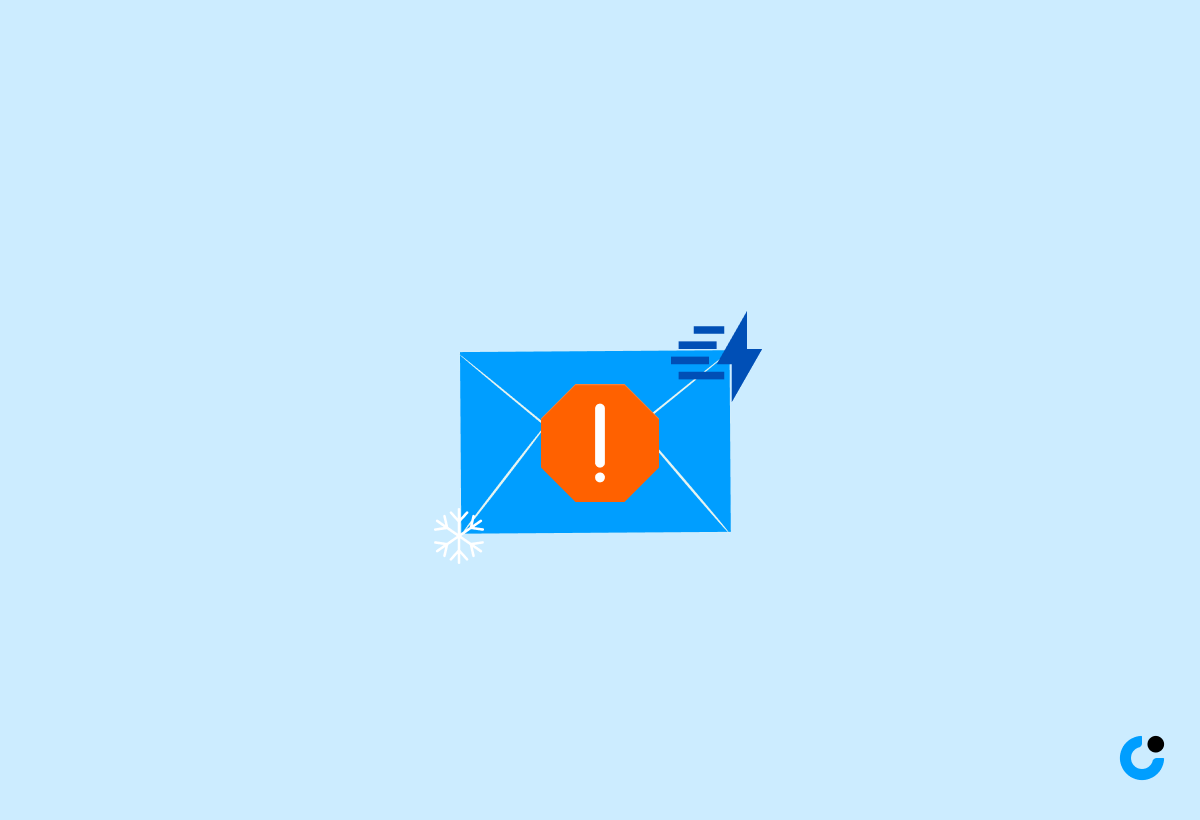
Bypassing common spam triggers is paramount to ensuring your cold emails land in your prospect’s inbox. These include clickbait subject lines, informal email IDs, and excessive use of uppercase or special characters. Clickbait subject lines may grab attention, but they can also harm your email deliverability and decrease the likelihood of your email being opened.
When crafting your cold emails, use a professional email ID to create a good impression and increase the chances of your email being delivered and opened. Additionally, avoid using all caps or excessive special characters in your subject line or email body, as these can trigger spam filters and prevent your email from reaching your prospect’s inbox. By adhering to these best practices, you’ll ensure your cold emails are delivered to the right place and increase your chances of success.
Cold Email Templates and Examples for Various Industries
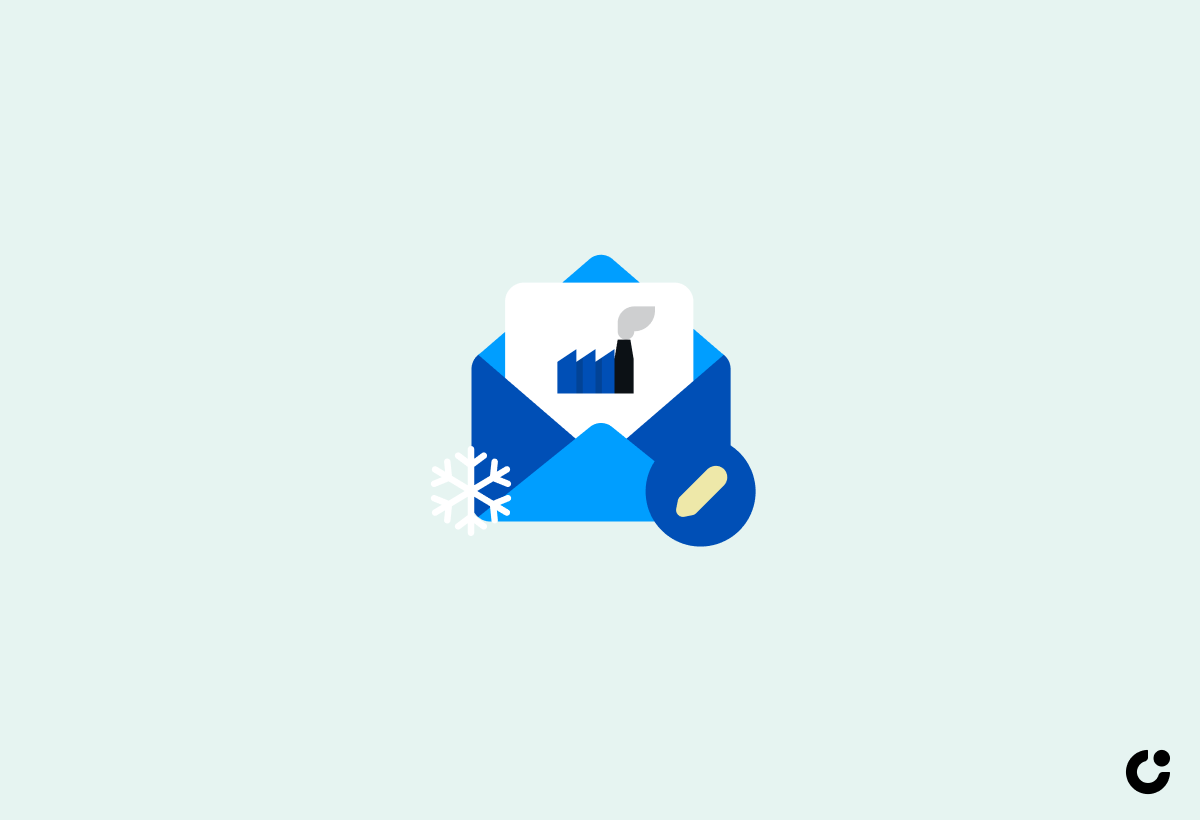
Despite covering the key components and personalization techniques for successful cold emails, you might still be curious about how to adapt these principles to your specific industry. That’s where cold email templates and examples come in handy. By leveraging industry-specific templates as a starting point, you can adapt and tailor the content to create personalized, effective cold emails that resonate with your target audience.
Whether you’re in finance, technology, or any other industry, using a cold email template and examples can save you time while ensuring your message stays consistent and on-brand. Keep in mind that while templates provide a solid foundation, it’s essential to customize and personalize the content for each prospect, addressing their unique needs and pain points to maximize your chances of success.
While refining your cold email campaigns, keep abreast of the latest industry trends, best practices, and regulatory requirements. By doing so, you’ll stay ahead of the curve and ensure your cold emails remain effective and compliant, ultimately driving better results for your business.
Summary
In conclusion, mastering the art of crafting the perfect cold email structure is essential for maximizing open and reply rates, connecting with your target audience, and driving results. By focusing on the key components of a winning cold email structure, such as compelling subject lines, personalized greetings and introductions, concise body content, clear CTAs, and professional signatures, you’ll create cold emails that resonate with your prospects and compel them to take action.
Personalization techniques, such as researching your prospect, using custom fields, and referencing mutual connections, can further enhance your cold email success rates by making your message more relevant and engaging. Combine these personalization strategies with best practices like timing and frequency, A/B testing, tracking, and avoiding spam triggers, and you’ll be well on your way to cold email mastery.
Remember, continuous improvement is the key to success in the ever-evolving world of cold email outreach. By staying informed about the latest trends, best practices, and regulatory requirements, you’ll ensure your cold emails remain effective, compliant, and impactful, ultimately driving better results for your business.
Frequently Asked Questions
Are cold emails illegal?
No, cold emails are not illegal. However, make sure to adhere to all anti-spam regulations when sending out your emails.
How do you write a cold email that actually works in 6 steps?
Writing a cold email that works can be done in 6 steps: start by greeting the recipient with their name, grab their attention with an opening line, establish credibility for yourself, tell them what's in it for them, make your call-to-action clear and easy, and end with gratitude and a polite way of giving them an out. Use a conversational tone and ensure the message is personalized for each recipient. Utilize Cold Email Software to track success, and research your lead to craft an attention-grabbing subject line, using AIDA principles to compose a pitch with value. Finally, always proofread your email before sending.
What are the stages of cold email?
Successfully crafting cold emails involves getting your email delivered, making sure it's opened, read, and replied to, as well as following up as needed. By following these steps you can ensure that your emails get the results you're looking for.
What are the key components of a winning cold email structure?
The key components of a winning cold email structure include a compelling subject line, personalized greeting and introduction, concise and relevant body content, clear call-to-action, and professional signature.
How can I personalize my cold emails for better results?
Craft personalized cold emails by researching your recipients, including custom fields in the messages to personalize the content, and referencing any mutual connections or shared experiences. This will create a more meaningful connection with the reader.

